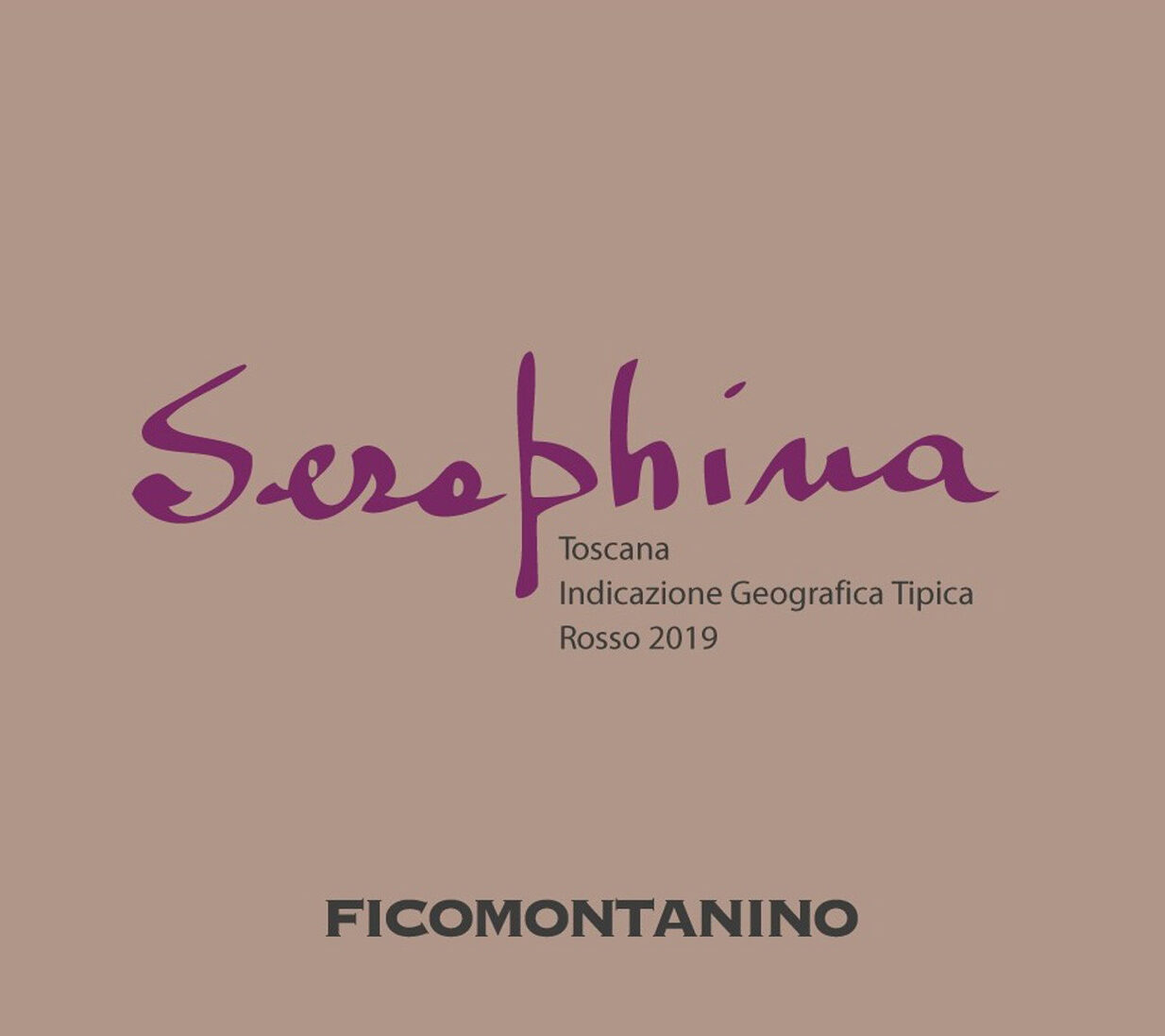
Ficomontanino
Wines
Chiusi
“Zacinta Revi”, Toscana Bianco
Named after one of the family’s beloved horses, the wine is 70% Sauvignon Blanc with 30% directly pressed Sangiovese (Sangiovese vinified as a white wine, in other words) added for complexity. Maria Sole allows the Sauvignon Blanc to macerate on its skins for three days: enough time to contribute a bit of color and to enhance the wine’s textural persistence, but not enough to turn it into a full-bore skin-contact-style white. The results are delightful, with tangerine, anise, and musky flowers supported by firm minerality and tangy acidity. The fruit for “Zacinta Revi” comes from 20-year-old vines in the chalky clay soils of the Poggio alle Ficaie vineyard at 350 meters altitude, and Marie Sole aged it for six months on the fine lees in stainless steel after a natural fermentation without temperature regulation.
“Noble Kara”, Toscana Rosato
Named after one of Maria Sole’s grandfather’s favorite horses, “Noble Kara” claims its rightful place in the proud tradition of “real” rosé wines—rosés made from fully ripe, healthy grapes trusted to ferment on their own and allowed to express a natural depth of color (think great Cerasuolo d’Abruzzo here). Pure Sangiovese from three different parcels on the property—Ficomontanino, Melogranino, and Campo Cavalli—this vivacious wine spends 24 hours macerating on its skins before pressing and fermentation, which takes place in stainless steel via naturally occurring yeasts and with no temperature control. As with all her wines, Maria Sole bottles “Noble Kara” without fining or filtration, and with a minimum of sulfur.
Mondeuse, Toscana Rosso
Maria Sole’s father has a particular fondness for the mighty Mondeuse—a spice-driven Alpine variety that produces the Savoie’s greatest reds—and he planted a small parcel in the late 1990s at Ficomontanino as an experiment. These vines grow at 350 meters altitude in the sandy clay soils of the Vigna Grande parcel and yield only about 1,000 bottles per vintage. Maria Sole employs the same natural vinification and gentle extraction here as she does with her Sangiovese, but the darker-fruited, grippier, spicier character of the Mondeuse shines through beautifully. Fermented in cement with a 10-day maceration, this spent six further months in cement followed by a year in non-temperature-controlled stainless steel before being bottled without clarification or filtration.
“Bulgarelli”, Toscana Rosso
Maria Sole’s workhorse (pun intended) wine, “Bulgarelli”—named after her grandfather’s prized stallion—is pure Sangiovese from 20- to 30-year-old vines planted in the sandy clay soils of the farm’s main three parcels: Ficomontano, Melogranino, and Campo Cavalli. Fermented naturally, with a two-week maceration, the wine spends the better part of a year in a combination of cement and steel vats, bottled without fining or filtration. This wine pulls in multiple directions; it is both fresh and deep, both spicy and politely earthy, and its dark red fruits soar high, unfettered by cellar manipulations. The ever-versatile Sangiovese finds a new and lovely register here.
“Granomelo”, Toscana Rosso
“Granomelo”—a play on the name of the cru Melogranino from which it is sourced—is 100% Sangiovese from south-facing slopes of sandy clay and silt, planted 20 years ago by Maria Sole’s father. For this cuvée, she employs a longer maceration of three weeks and uses only cement for the fermentation, then ages the wine a full two winters in the cellar before bottling it without fining or filtration. This displays a frank and mesmerizing purity of fruit, but with a great sense of earthiness and a tenacious cling on the palate; it’s a union of sand-derived elegance and a certain wildness of spirit.
"Seraphina", Toscana Rosso
"Seraphina" is pure Sangiovese from 40-year-old vines aged for two years before bottling--its first year in above-ground amphora, and its second year in steel. Bottled without fining or filtration and with a minimal dose of sulfur, this tiny-production wine offers a combination of depth and freshness that speaks to Sangiovese's capacity for vivacity when it is not overhandled.







